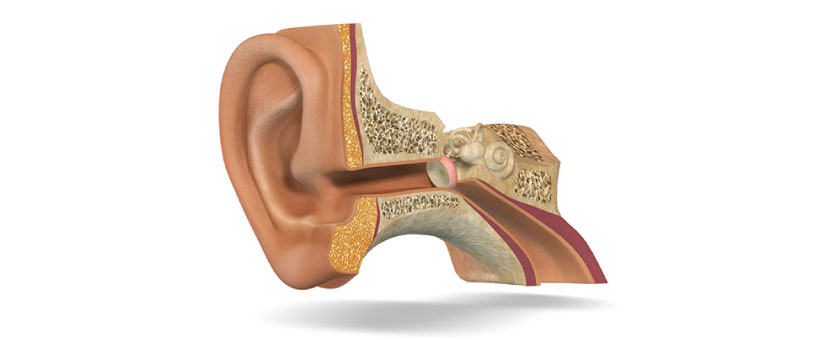What is Otosclerosis?
'Otosclerosis is caused by an abnormal growth of bone in the ears, which causes hearing loss. In most cases, a surgical operation will restore the hearing.
Otosclerosis has to do with the three small bones in the middle ear, more specifically the stapes. A part of the bone will grow abnormally and this bone growth will prevent the stapes from vibrating normally in response to sound. In its early stages, the sufferer will not be affected.
Causes of Otosclerosis
Otosclerosis is often inherited, although isolated cases do occur. For instance, some connections to measles and pregnancy have been observed as worsening the case of otosclerosis. Both ears may be affected but it is more common for one ear to be more severely affected than the other. If left untreated, hearing loss typically worsens progressively until late middle age when complete deafness occurs.
The most famous otosclerosis victim is said to have been Beethoven. Deafness made him unable to hear his late compositions.
Symptoms of Otosclerosis
An otosclerosis diagnosis should be made by a specialist, but some signs can be detected by the suffering person or their relatives.
Strong background noise can add to the confusion of people with nerve deafness, but in the case of otosclerosis, this confusion does not often occur. Sometimes the person may even hear better in noisy surroundings (paracusis), possibly because of the high frequency and loudness of other people's voices in those circumstances. Otosclerosis tends to affect low frequencies more than high ones.
Symptoms may also appear in form of dizziness, balance problems (vertigo), and tinnitus.
Treatment of Otosclerosis
Hearing aids help people who are suffering from conductive deafness, including otosclerosis. However, a hearing aid will not cure the deafness. Since the deafness is progressive, more powerful hearing aids may be needed as time goes by. In the early stages, hearing aids are a great help for those who do not wish to undergo surgery.
Surgery for Otosclerosis
Surgical operations are widely performed, and it is a relatively simple procedure. Either the part of the stapes with the abnormal bone growth is removed in order to insert a tiny implant (stapedotomy), or the entire stapes bone is replaced by a small prosthesis (stapedectomy). Both surgeries can restore hearing. In many of the cases the symptoms of vertigo and tinnitus will also disappear
OUR TREATMENT
- Home
- Otosclerosis




